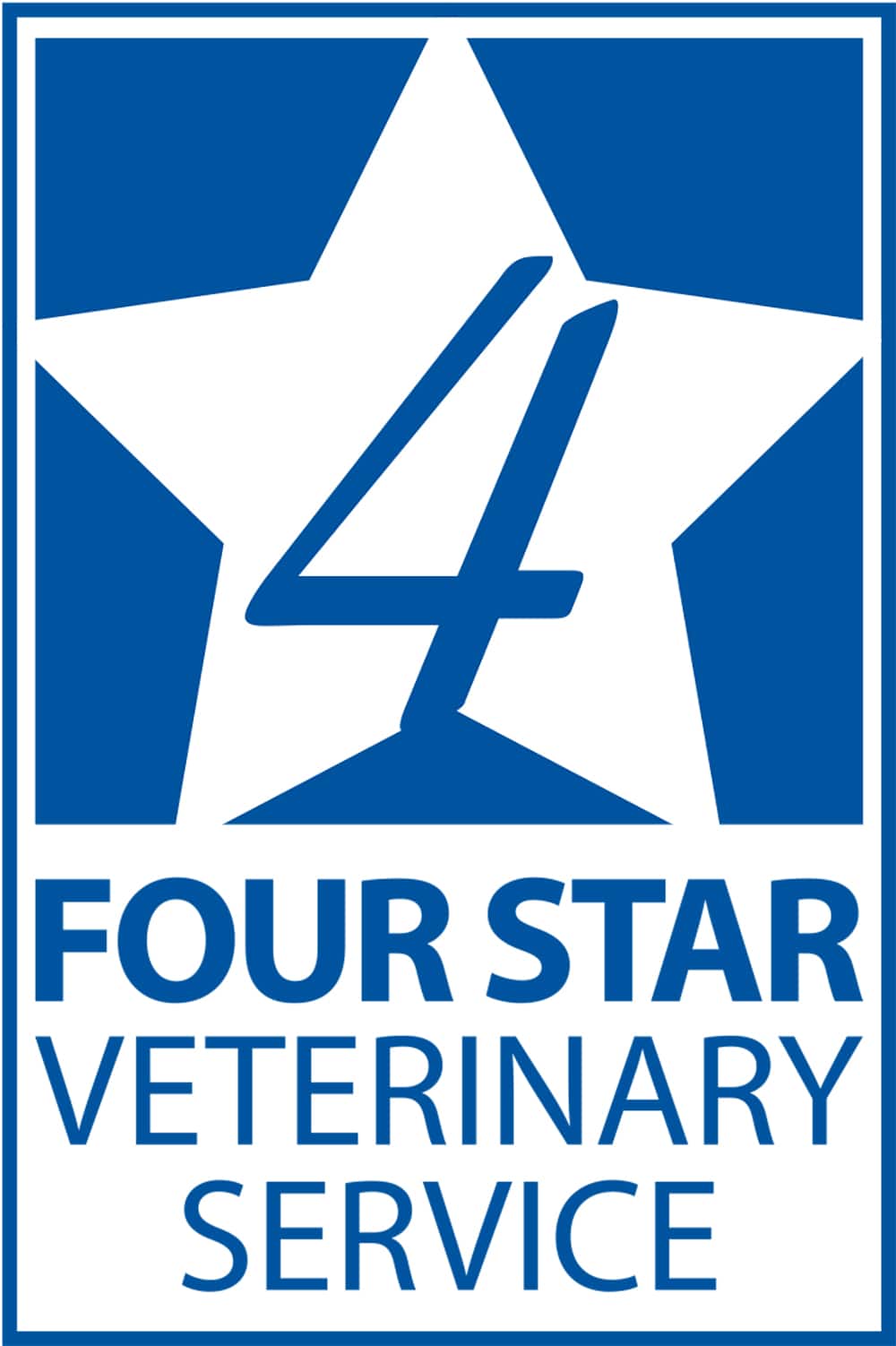Fallout from coronavirus disease-19 (COVID-19) continues to affect the pork industry’s workforce, especially in pork processing.
Resurgent Mycoplasma hyorhinis causes debilitating arthritis in late finishing
Infectious arthritis caused by Mycoplasma hyorhinis is gaining ground in hog units where it infects neonatal pigs and develops into severe lameness in market hogs.
